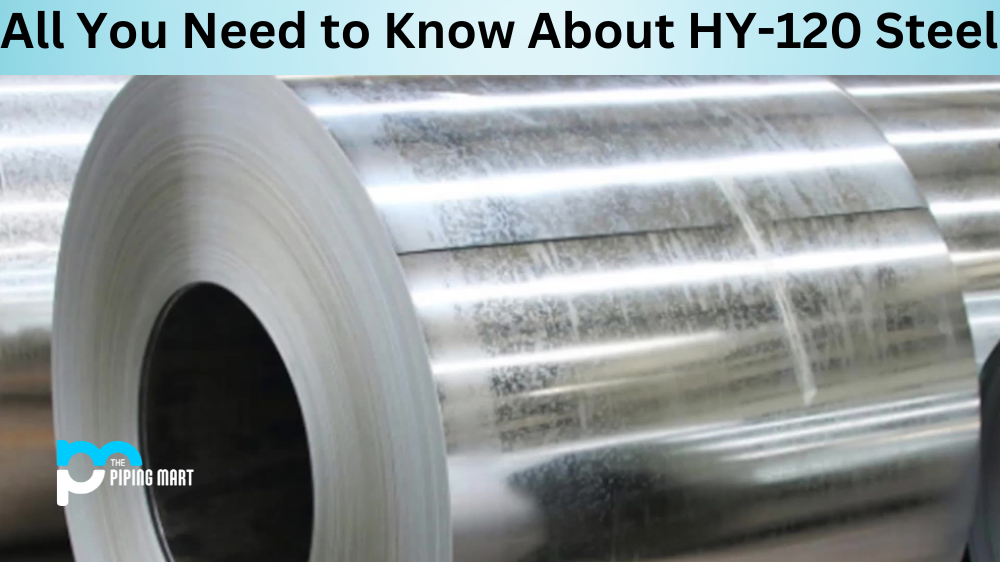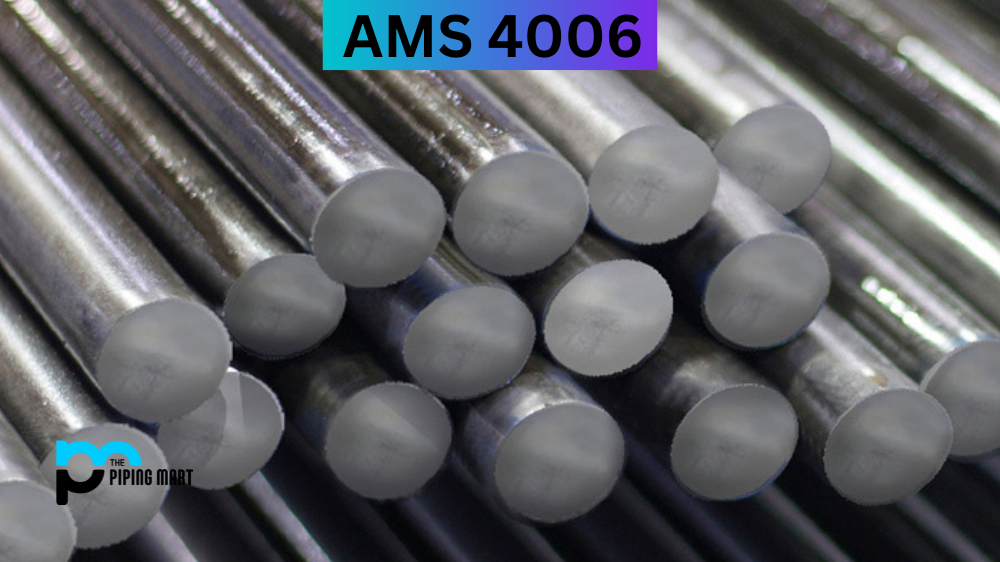Die steel AISI 52100 is a high-carbon chromium alloy steel that contains 1% carbon, 1.5% chromium, and 0.25% molybdenum. UNS G52986 is known for its excellent wear resistance, toughness, and strength. This makes it an ideal choice for applications such as bearings and gears, where the material needs to be tough and strong but still able to withstand wear and tear. SAE/AISI 52100 Alloy Steel, also known as UNS G52986, is a highly coveted steel alloy that is used across various industries. This type of steel is a popular choice thanks to its composition and properties. Comprised of primarily carbon, chromium, and a moderate amount of manganese, AISI 52100 Alloy Steel exhibits impressive strength and durability. These properties make it an ideal choice for critical components in the mechanical engineering field, such as bearings and cutting tools. Additionally, this alloy steel is renowned for its high wear-resistance and toughness, making it a popular choice in the manufacturing of ball bearings. When it comes to high-carbon alloy steel, AISI 52100 Alloy Steel certainly proves to be one of the top choices. In this article, we will be exploring the uses of AISI 52100 Alloy Steel, its corrosion resistance, heat resistance, heat treatment, machining capabilities, and welding abilities.
What Forms of AISI 1526 is Available at Piping Mart?
- Nut
- Bar
- Bolt
- Pipe
- Screw
- Tubing
- Valves
- Washers
- Flanges
- Fasteners
- Electrodes
- Stud Bolts
- Sheet Plates
- Pipe Fittings
- Forged Fitting
- Instrumentation Fittings
AISI 52100 Composition
| Element | Content (%) |
|---|---|
| Iron, Fe | 96.5 – 97.32 |
| Chromium, Cr | 1.30 – 1.60 |
| Carbon, C | 0.980 – 1.10 |
| Manganese, Mn | 0.250 – 0.450 |
| Silicon, Si | 0.150 – 0.300 |
| Sulfur, S | ≤ 0.0250 |
| Phosphorous, P | ≤ 0.0250 |
AISI 52100 Physical Properties
| Properties | Metric | Imperial |
|---|---|---|
| Density | 7.81 g/cm3 | 0.282 lb/in³ |
| Melting point | 1424°C | 2595°F |
AISI 52100 Mechanical Properties
| Properties | Metric | Imperial |
|---|---|---|
| Bulk modulus (typical for steel) | 140 GPa | 20300 ksi |
| Shear modulus (typical for steel) | 80 GPa | 11600 ksi |
| Elastic modulus | 190-210 GPa | 27557-30458 ksi |
| Poisson’s ratio | 0.27-0.30 | 0.27-0.30 |
| Hardness, Brinell | – | – |
| Hardness, Knoop (converted from Rockwell C hardness) | 875 | 875 |
| Hardness, Rockwell C (quenched in oil from 150°C tempered) | 62 | 62 |
| Hardness, Rockwell C (quenched in water from 150°C tempered) | 64 | 64 |
| Hardness, Rockwell C (quenched in oil) | 64 | 64 |
| Hardness, Rockwell C (quenched in water) | 66 | 66 |
| Hardness, Vickers (converted from Rockwell C hardness) | 848 | 848 |
| Machinability (spheroidized annealed and cold drawn. Based on 100 machinability for AISI 1212 steel) | 40 | 40 |
AISI 52100 Thermal Properties
| Properties | Metric | Imperial |
|---|---|---|
| Thermal expansion co-efficient (@ 23-280°C/73.4- 36°F, annealed) | 11.9 µm/m°C | 6.61 µin/in°F |
| Thermal conductivity (typical steel) | 46.6 W/mK | 323 BTU in/hr.ft².°F |
AISI 52100 Uses
Die steel SAE/AISI 52100 is primarily used in applications such as bearings and gears due to its excellent wear resistance and strength. It can also be used for knife blades or tools because it holds an edge well and does not corrode easily. This alloy can also be found in medical instruments, including artificial hip joints, due to its ability to operate under extreme temperatures without becoming brittle or losing its shape.
AISI 52100 Uses in Industries
Automotive Industry
The automotive industry also heavily relies on AISI 52100 for components such as gears, shafts, and camshafts. Its hardness and toughness make it suitable for these critical parts subjected to high stress and wear.
Aerospace Industry
In the aerospace industry, AISI 52100 is commonly used for aircraft landing gear components, engine bearings, and other critical parts that require high strength and wear resistance. Its ability to withstand extreme temperatures makes it popular for aerospace applications.
Tool Manufacturing
AISI 52100 is often used in tool manufacturing due to its high hardness and wear resistance. It is commonly used in producing cutting tools, punches, dies, and other tools that need to maintain their sharpness over extended periods of use.
Medical Equipment
Due to its corrosion resistance and biocompatibility, AISI 52100 is frequently used to produce medical equipment such as surgical instruments and orthopaedic implants. Its high strength also makes it suitable for use in joint replacements.
Oil & Gas Industry
In the oil and gas industry, AISI 52100 is used for components such as valves, pumps, and drill bits due to its excellent wear resistance and ability to withstand high-pressure environments. It is also commonly used in downhole tools such as stabilizers and drill collars due to its high toughness.
AISI 52100 Corrosion Resistance
Die steel SAE/AISI 52100 is resistant to corrosion due to its high chromium content, which prevents oxidation from occurring on the surface of the material. The presence of molybdenum in the alloy further strengthens the corrosion resistance properties of this material by providing additional protection against oxidation at higher temperatures. Its corrosion-resistant properties make die steel SAE/AISI 52100 a great choice for applications where exposure to moisture or chemicals is likely.
AISI 52100 Heat Resistance
The high carbon content in die steel SAE/AISI 52100 gives it excellent heat resistance properties, which make it suitable for extreme temperature environments such as engine parts or machinery that operates in hot conditions for extended periods of time without failure or damage from overheating. The addition of molybdenum further enhances these properties by providing additional protection against heat at higher temperatures.
AISI 52100 Heat treatment
Heat treatment of SAE/AISI 52100 dies steel involves critical temperatures and techniques to achieve the desired mechanical properties. Typically, different operations are executed during heat treatment processes, such as hardening, annealing, tempering, and quenching.
AISI 52100 Hardening
Hardening is used to increase hardness and strength while minimizing wear of SAE/AISI 52100 die steel by heating it above its critical point of 840°C followed by rapidly cooling it.
AISI 52100 Annealing
Annealing is used to restore ductility in the steel after it has been hardened by re-heating up to 750°C and slowly cooling it down.
AISI 52100 Tempering
Tempering can be done in a low-temperature range to increase toughness, reduce the risk of cracking, prevent the brittle-ductile transition temperature from rising or protect against stress corrosion cracking occurring due to high concentrations of sulfur in SAE/AISI 52100 die steel.
Lastly, quenching is done to quickly cool down heated steel components in a liquid medium such as oil or water after the heat treatment process has been completed. This results in obtaining maximum hardness and the highest mechanical performance.
AISI 52100 Machining
Machining dies steel SAE/AISI 52100 can be a challenging yet rewarding process. This type of steel provides good wear and excellent fatigue life, making it a highly sought-after material for numerous applications. To ensure the machining process is completed efficiently, proper planning and selection of tools are necessary. To get the best results, selecting high-speed cutting tools with low rake angles and providing adequate cooling during the machining process is important. With careful attention to detail, you can improve tool life and reduce vibration during machining to achieve a high-quality finish. Using these techniques for machining die steel SAE/AISI 52100 will yield an optimum outcome every time.
AISI 52100 Welding
SAE/AISI 52100 is one of the most commonly used die steels, offering a range of beneficial properties such as great machinability and wear resistance. It is well known for its ability to handle extreme amounts of stress and be resilient in fluctuating temperatures. When it comes to welding 52100 steel, the best results come when there is proper welding technique and very little heat input. Because this steel is so hard and strong, if too much heat is applied, it can easily crack or even shatter. To help prevent this, any protective oxide film that forms should be removed before beginning to weld, as this can cause porosity in the finished weld. With patience and care, 52100 die steel can be successfully welded using TIG or MIG welding methods with excellent results that will last for years to come.
Conclusion:
Die steel SAE/AISI 52100 offers a great combination of wear resistance, toughness, strength, corrosion resistance, heat resistance, and machinability, making it an ideal choice for many industrial applications where these qualities are needed, such as bearings and gears, as well as medical instruments like artificial hip joints. Its weldability makes it easy to fabricate when needed, while its machinability allows users to modify components quickly when needed without compromising quality or strength levels. All in all, die steel SAE/AISI 52100 is an incredibly versatile alloy perfect for many different industrial projects!

Abhishek is a seasoned blogger and industry expert, sharing his insights and knowledge on various topics. With his research, Abhishek offers valuable insights and tips for professionals and enthusiasts. Follow him for expert advice on the latest trends and developments in the metal industry.




